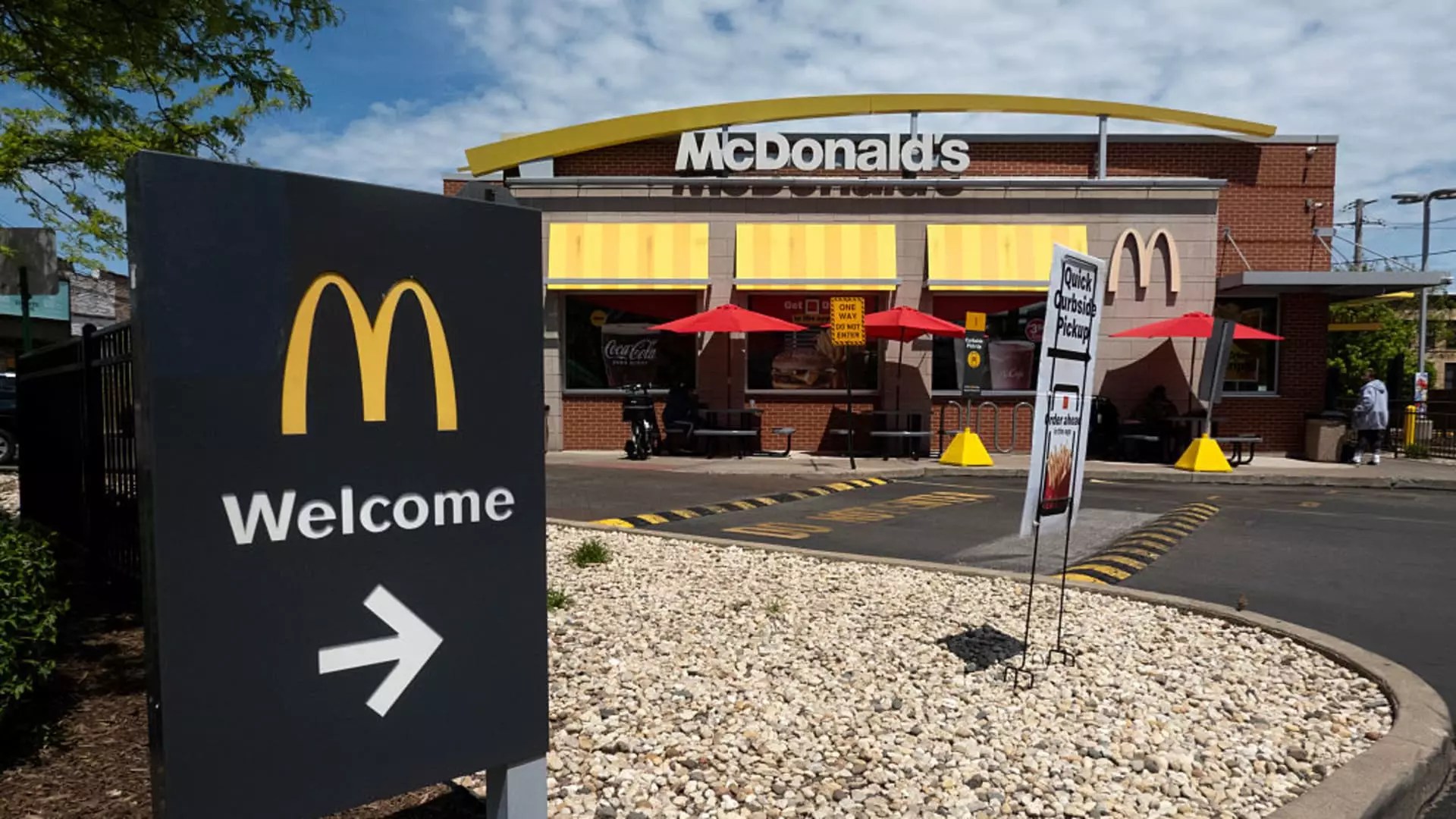Investors are currently grappling with a paradox: the S&P 500 recently hit a new high, yet systemic economic and geopolitical uncertainties continue to foment market volatility. In times like these, chasing capital appreciation alone can be a fool’s errand. Instead, dividend-paying stocks offer a critical lifeline—a dependable income stream coupled with the potential for value preservation and long-term growth. But not all dividend stocks are created equal. By tapping into the rigorous research of top Wall Street analysts, investors can identify companies that not only pay dividends but possess the resilience and strategic foresight to sustain them. This article profiles three dividend stalwarts favored by experts that could bolster portfolios against the unsettled economic landscape of 2024.
McDonald’s: A Dividend King with Enduring Brand Power
McDonald’s (MCD) is not just a fast-food giant; it’s a near-iconic example of dividend consistency and operational excellence. With 49 consecutive years of annual dividend increases, McDonald’s is on the cusp of joining the exclusive “Dividend King” club—a testament to its robust cash flow and conservative financial stewardship. Its current dividend yield of roughly 2.4% might not wow income-only investors, but the company’s growth prospects and market positioning justify a premium valuation.
Wall Street’s confidence in McDonald’s remains high, highlighted by Jefferies’ Andy Barish’s buy rating and $360 price target. Barish’s bullishness hinges on several strategic factors. First, the ability to boost same-store sales in the U.S. amid a challenging consumer backdrop signals renewed operational vitality. Second, international markets are showing improved sales momentum, which should diversify and augment revenue streams. Most importantly, McDonald’s operates with significant competitive moats: scale advantages, supply chain efficiencies, aggressive advertising, and a dynamic menu innovation strategy that appeals both to value-conscious customers and trend-driven demographics.
McDonald’s is, in many regards, a textbook example of how a global consumer brand can serve as an effective portfolio hedge. Its product’s low price points couple with a strong value proposition, especially in downturns when consumers tighten spending. Barish succinctly captured this defensive quality, calling out the company’s capacity to balance innovation with affordability without sacrificing margins—an increasingly rare feat in today’s inflationary environment.
EPR Properties: A REIT Revitalized Through Strategic Growth
EPR Properties (EPR), a niche REIT specializing in experiential real estate, may fly under the radar but merits serious consideration. Offering a tempting dividend yield of over 6%, EPR recently raised its monthly dividend by 3.5%, sparking renewed analyst enthusiasm. Stifel’s Simon Yarmak epitomizes this shift in sentiment, upgrading his rating to buy and boosting his price target from $52 to $65 based on recent due diligence and operational improvements.
What makes EPR attractive is its pivot to capitalize on the recovery and evolution in experiential sectors—movie theaters, amusement parks, and other leisure-focused properties—that faced extreme pressure during the pandemic but are now showing robust signs of revitalization. Importantly, EPR’s ability to lower its weighted average cost of capital (WACC) from 9.3% to an estimated 7.85% is a game-changer. This cheaper capital opens the door for external growth through acquisitions, especially in selective segments like golf and health and wellness facilities.
Despite concerns about the “experiential” space’s sensitivity to economic cycles, EPR’s strong cash flow generation and targeted portfolio management provide a cushion against downturns. The gradual improvement in the theater industry’s fundamentals, combined with innovative lease structures such as percentage rent agreements, could fuel sustainable earnings growth, validating the current analyst optimism.
Halliburton: Energy Sector Resilience Meets Dividend Stability
In an era when energy prices remain volatile and ESG pressures mount, Halliburton (HAL) offers a compelling case for dividend investors willing to embrace sector-specific risks for commensurate rewards. With a 3.3% dividend yield, Halliburton’s payouts are supported by its status as a leading oilfield services firm, demonstrating operational adaptability across diverse geographies.
Goldman Sachs’ Neil Mehta maintains a confident buy rating on HAL, attributing this to the company’s robust exposure to international markets, which account for approximately 60% of its revenue. While North America may endure near-term softness, particularly in regions like Mexico and Saudi Arabia, Halliburton’s strategic investments in unconventional drilling and advanced technologies provide a buffer against cyclical downturns.
Mehta’s analysis highlights “idiosyncratic growth” areas including unconventional completions in Argentina and Saudi Arabia, directional drilling, intervention services, and artificial lift technologies—segments poised to drive margin expansion and free cash flow growth. His emphasis on Halliburton’s differentiated Zeus technology platform and long-term electric drilling contracts points to a competitive edge that justifies premium valuations and dividend stability even as pricing pressures loom.
This balanced risk-reward profile typifies the kind of selectively opportunistic approach center-right investors should favor: leveraging industrial innovation within a cyclical sector to generate sustainable income while navigating macro headwinds.
The Strategic Wisdom of Targeted Dividend Investing Amid Uncertainty
The common thread linking McDonald’s, EPR Properties, and Halliburton is not just their dividends but their strategic positioning within their respective industries. Each company exhibits operational resilience, credible growth prospects, and financial discipline—qualities paramount to enduring choppy market conditions.
Critically, these stocks illustrate how dividend investing should be about more than yield chasing. Instead, it necessitates an evaluative process that scrutinizes management quality, industry dynamics, and cash flow generation capacity. Blindly following high-yield stocks exposes investors to pitfalls; the challenge is to blend income generation with capital preservation and upside potential, a combination these three stocks present compellingly.
In an investment environment laced with uncertainties—whether inflationary pressures, regulatory shifts, or geopolitical risks—aligning capital with businesses that can weather storms while rewarding shareholders offers a prudent path. Particularly from a center-right perspective that values market discipline, economic pragmatism, and firm-level stewardship over speculative excesses, focused dividend investing remains a cornerstone strategy for portfolio resilience and measured growth in 2024.

